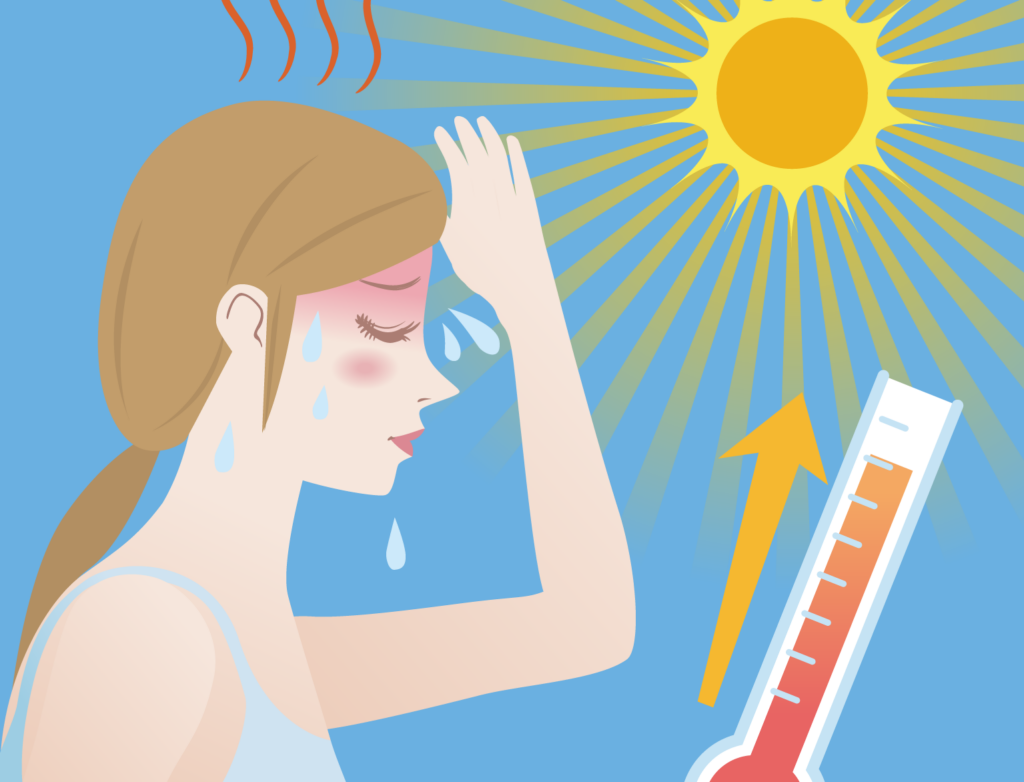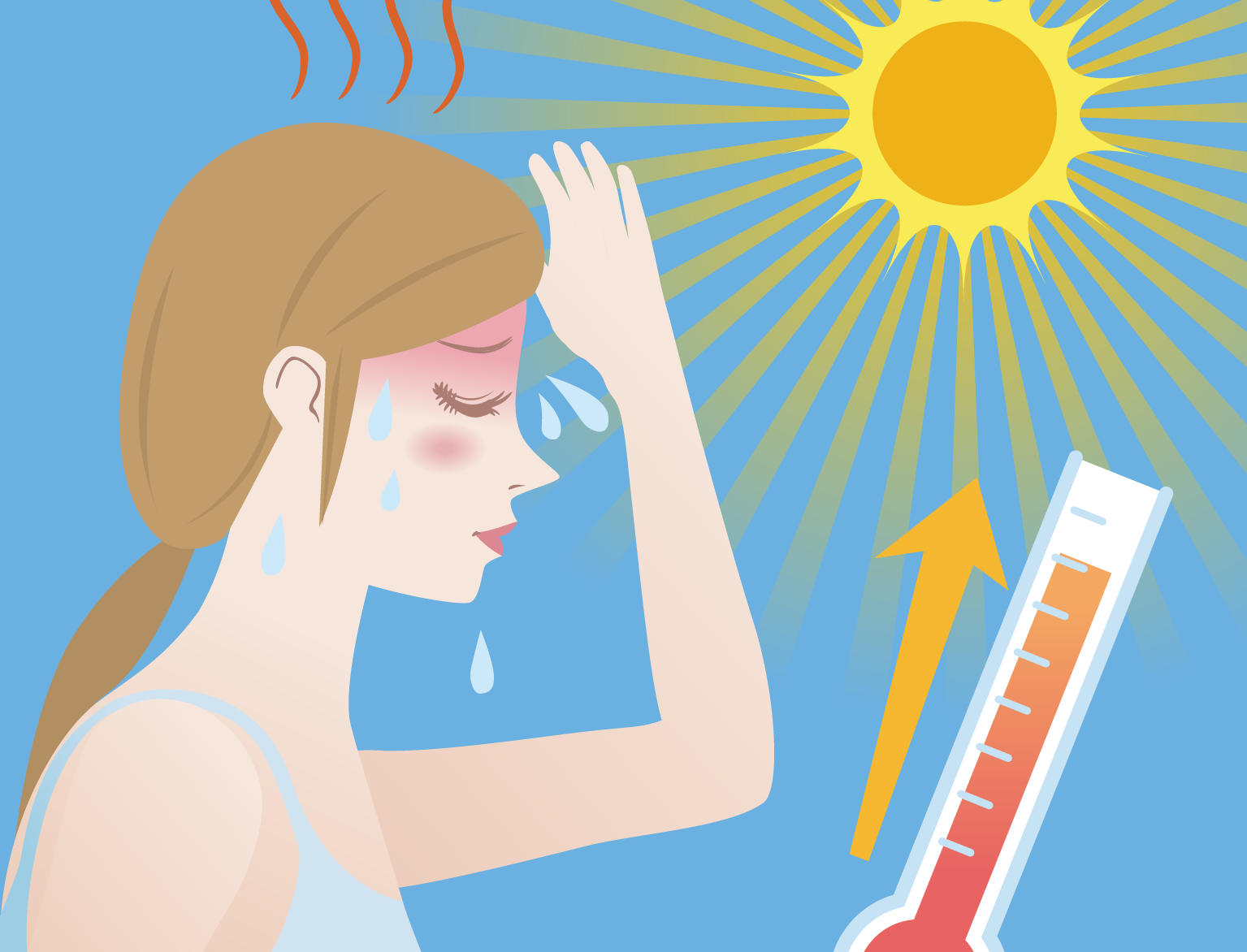
Abderrezak Bouchama 1, Bisher Abuyassin 2, Cynthia Lehe 2, Orlando Laitano 3, Ollie Jay 4, Francis G O’Connor 5, Lisa R Leon 6
Affiliations expand
- PMID: 35115565
Abstract
In the past two decades, record-breaking heatwaves have caused an increasing number of heat-related deaths, including heatstroke, globally. Heatstroke is a heat illness characterized by the rapid rise of core body temperature above 40 °C and central nervous system dysfunction. It is categorized as classic when it results from passive exposure to extreme environmental heat and as exertional when it develops during strenuous exercise. Classic heatstroke occurs in epidemic form and contributes to 9-37% of heat-related fatalities during heatwaves. Exertional heatstroke sporadically affects predominantly young and healthy individuals. Under intensive care, mortality reaches 26.5% and 63.2% in exertional and classic heatstroke, respectively. Pathological studies disclose endothelial cell injury, inflammation, widespread thrombosis and bleeding in most organs. Survivors of heatstroke may experience long-term neurological and cardiovascular complications with a persistent risk of death. No specific therapy other than rapid cooling is available. Physiological and morphological factors contribute to the susceptibility to heatstroke. Future research should identify genetic factors that further describe individual heat illness risk and form the basis of precision-based public health response. Prioritizing research towards fundamental mechanism and diagnostic biomarker discovery is crucial for the design of specific management approaches.
© 2022. Springer Nature Limited.
Similar articles
Weinmann M.Emerg Med Serv. 2003 Jul;32(7):34.PMID: 12889421
Sucholeiki R.Semin Neurol. 2005 Sep;25(3):307-14. doi: 10.1055/s-2005-917667.PMID: 16170743 Review.
Salathé C, Pellaton C, Vallotton L, Coronado M, Liaudet L.Rev Med Suisse. 2012 Dec 12;8(366):2395-9.PMID: 23346675 Review. French.
Hemmelgarn C, Gannon K.Compend Contin Educ Vet. 2013 Jul;35(7):E4.PMID: 23677841
